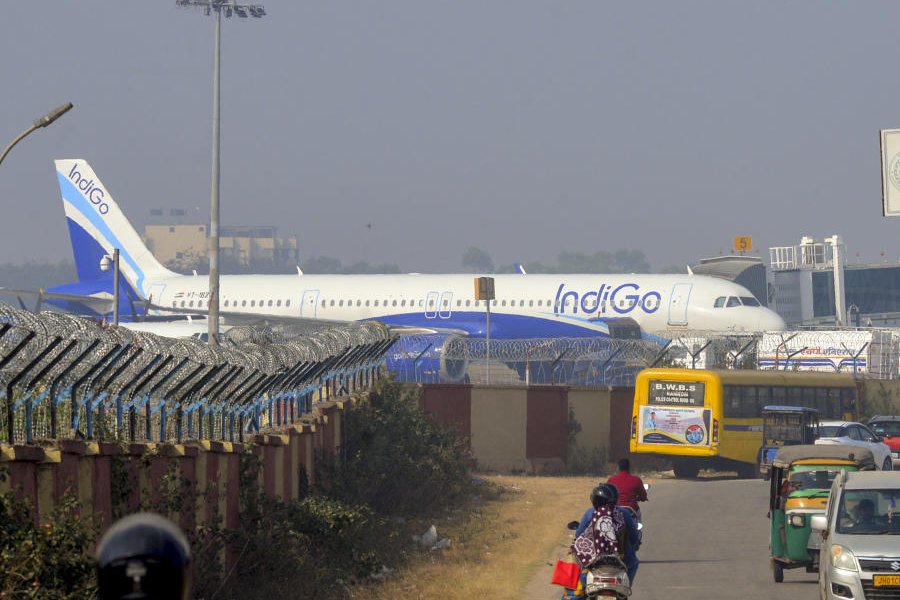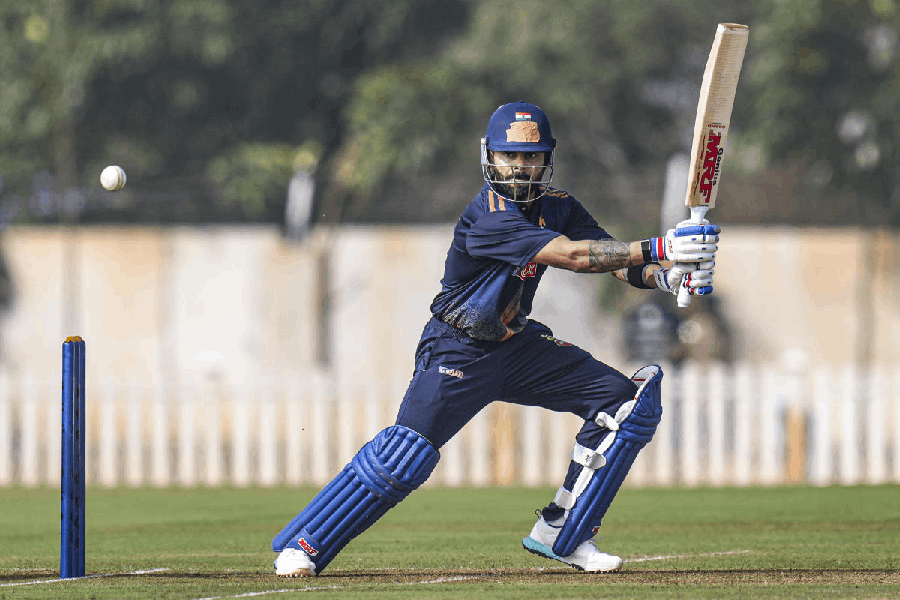Very soon this summer, Lamborghini would be rolling out the SCV12, a hypercar designed ostensibly for track use. Primarily made of carbon fibre, this light racer sports the most powerful V12 engine ever produced by the company — it makes a brutal 830hp and even uses a ram-air intake to squeeze the last drop of power out of its big, mid-mounted motor.
What one cannot help notice, however, as the engine is revved to its limit at the Imola race track by Le Mans racer Emanuele Pirro or shoots flames from the twin tailpipes at the Circuit Paul Ricard, is how seamless its soundtrack is as the pitch rises and falls. In a way, it embodies the two things — power and smoothness — that made the V12 the go-to engine configuration when it came to some of the best and most expensive cars ever made — think Ferrari, Lamborghini, Aston Martin, Rolls-Royce, Pagani and more. No wonder then that if you have ever had a supercar poster on your wall, it would possibly have been one with a V12 under the hood.
But that phenomenon is near the end of its journey. In a couple of years, maybe three, there would probably be no V12 engine in production and their song would be heard no more. The tighter emission norms in Europe — where most of these engines are made — that have come into force this year are likely to make it nearly impossible for V12s to carry on.
Starting January 2020, the average emission of 95 per cent of all cars sold by a manufacturer has to be within 95g/km. So it is still possible to have a few cars outside the calculations. From 2021, that norm will be extended to all cars sold by a company. While there is some leeway as to how groups are defined and which companies can be lumped together for emission calculations, the trend is very clear.
Car makers, of course, knew about it and have been gradually shifting away to smaller, primarily V8, mills over the last few years. It is said that the 1967 Dino 240, which many consider to be one of the most beautiful cars made by Ferrari, was Enzo Ferrari’s tribute to the son, Dino, who died at 24 and was building the V6 engine that went into this car at the time of his death. Another story is that to Enzo if a car was to be called a Ferrari, it had to have a V12. In fact, it even used this configuration for smaller engines. So the one with the V6 was called Dino. Today, of the dozen or so models that Ferrari makes, just two, the 812 GTS and 812 Superfast have V12s, a 6.5-litre unit that makes 800hp, with most of the rest being V8s, independently or as hybrids with electrics.
Rolls-Royce and Pagani are two companies that are still sticking with the V12. Every Rolls-Royce, including the Cullinan ‘high-bodied car’, still uses a 6.7-litre V12. In fact, it was only after it changed hands and went to BMW that the V12 came back under the hood of a Roller, in the 1998 Silver Seraph, since the Phantom III in 1939. The next change in power plant, though, is likely to be an electric or hybrid if the technology direction can be gauged from the 103EX concept.
Boutique Italian hypercarmaker Pagani is still putting Mercedes-Benz developed 6-litre V12s in its current model, the Huayra Roadster BC, and has struck a deal with the German company to put similar V12s in his next model, now called the C10. But that is up to 2025. A year prior to that it expects to have a full electric power system ready, either for the C10 or what would come after it.
Meanwhile, the Cullinan isn’t the first SUV with a V12. That credit goes to the 1986 Lamborghini LM002. The Mercedes-Maybach S650 still has a V12 as does a few of its other topline cars. Rival BMW’s top of the heap M760Li XDrive too has a twelve-banger. Not surprising because of their refinement that can only be matched by electric motors.
Aston Martin has part shifted to the turbocharged V8s, even its new DBX SUV will have it. But the DB11, Rapide S and Vanquish S still sport effortless V12s. But that won’t be for very much longer. And the replacements will probably be electric. We hope in more ways than one!

Cars that created the legend Companies, the author, Jagvar, Kieran White, Detectandpreserve, Stahlkocher











